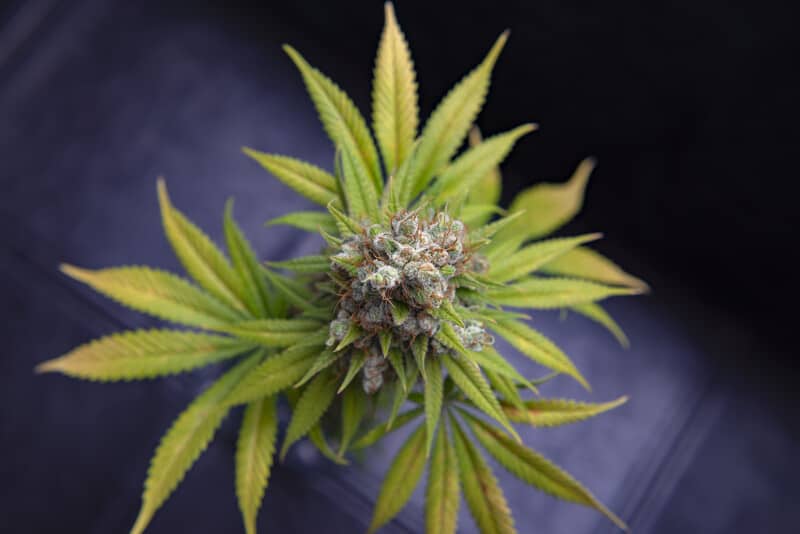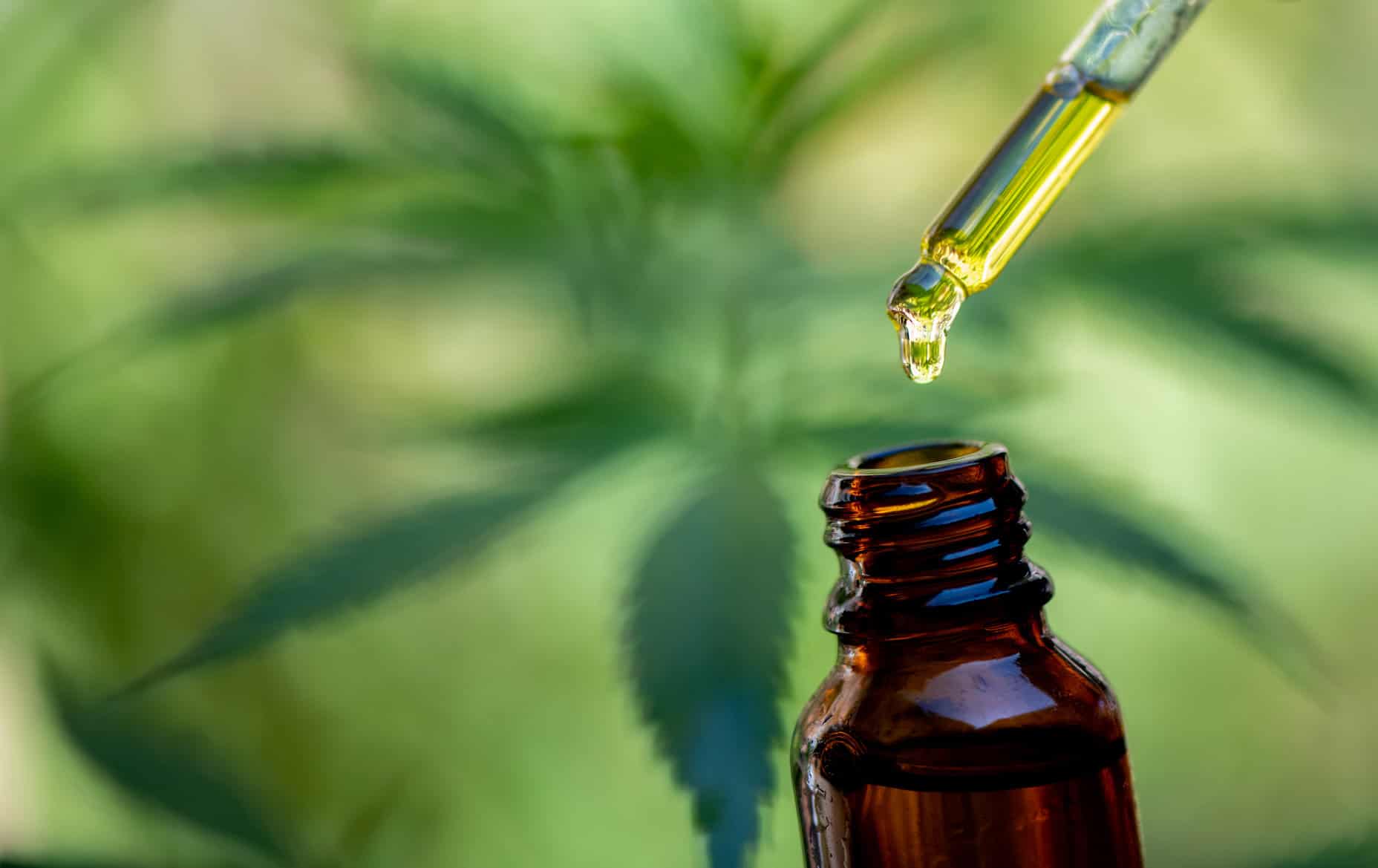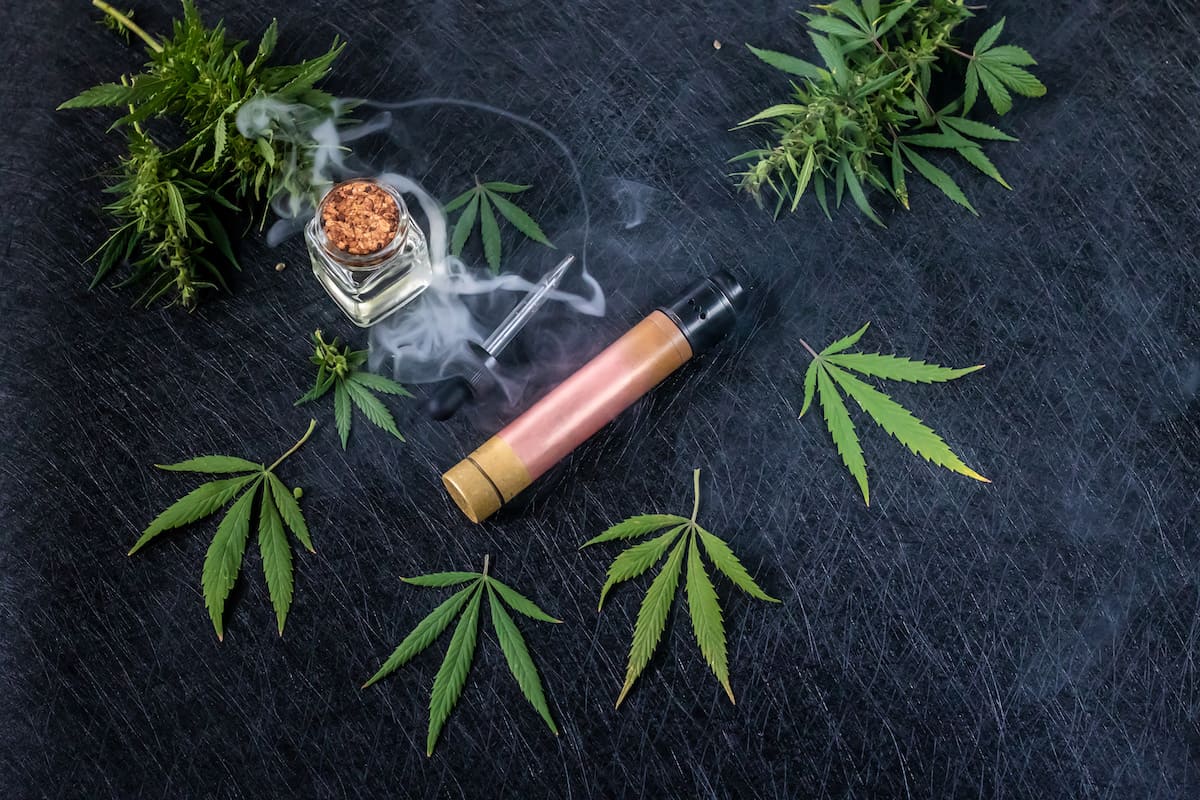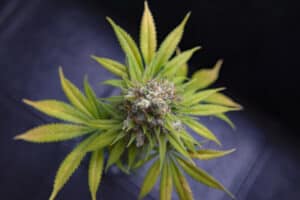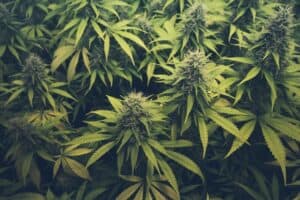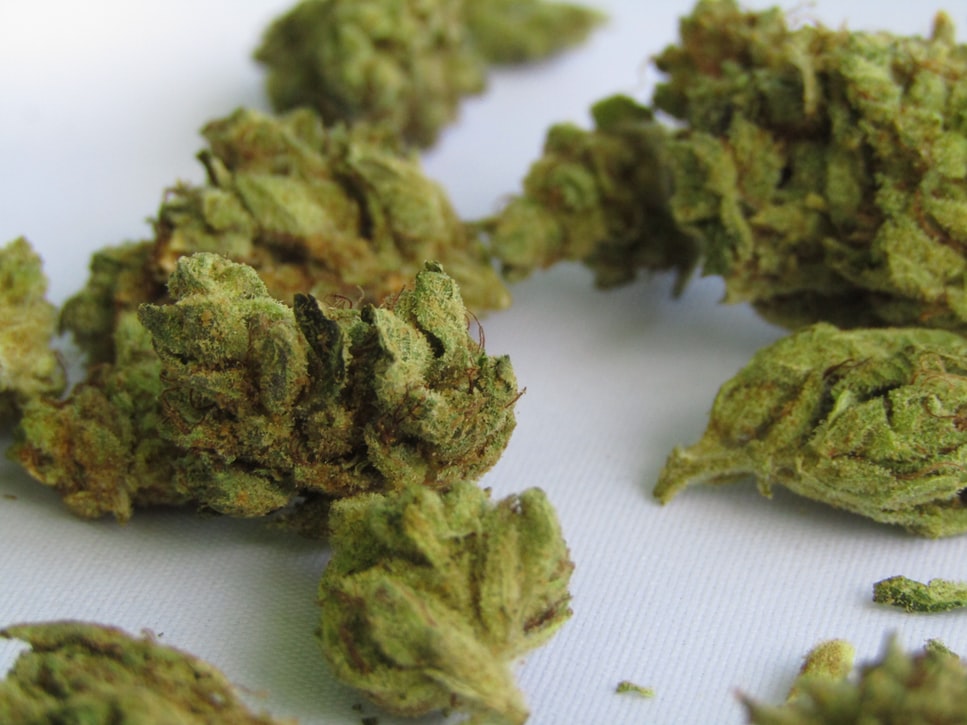
Many pot enthusiasts enjoy cooking with cannabis. However, several hit a snag when trying this for the first time because there is a science that underpins all pot recipes. It can be very frustrating to get a flat pot brownie on your first try. This is worse when you have guests over to sample your fav Martha Stewart recipe with a stoned twist to it.
This is what this article is all about; getting it right with pot recipes from the get-go.
If you are making pot-infused edibles, chances are that you either want to medicate or get stoned. However, chewing a sack of dried buds loaded with THC will not make you even mildly stoned. It takes some science- called decarboxylation, to activate the THC from its inactive form THCA. The same goes for CBD which has to be activated from its inactive form CBDA. So before you start cooking with cannabis ensure that the marijuana is decarboxylated.
Cooking With Cannabis #1: How To Decarboxylate
Decarboxylation is the process of converting inactive compounds in weed to their active states. It is also referred to as “decarbing.”
Freshly harvested or dried buds will contain the inactive forms of cannabinoids; THCA and CBDA. Science is now revealing that even these inactive forms have significant therapeutic benefits that may be enjoyed by users. However, if you are looking for the stoned effects of THC or the known medicinal benefits of CBD you will need to decarboxylate the weed first.
Decarboxylation involves subjecting the cannabis to heat so that the inactive cannabinoids can be changed to their active forms. It’s a chemical process where a carboxyl group (acid) is removed from a molecule. Carbon dioxide is released in the process.
Steps In Decarboxylation
- Preheat your oven to 250ºF.
- Break the nugs into small pieces; you can do this by hand or using a hand grinder. However, do not crush them into a powder.
- Place the nugs on a flat oven tray and cover with a parchment paper
- Insert the tray into the oven and leave for 30-40 minutes
- Shake the tray and turn the buds after every ten minutes to ensure that the heat is spread evenly
- Once the nugs are medium-brown (not burnt), remove the tray from the oven and allow cooling
- Now your cannabis is ready for your recipe
Note
When it comes to decarboxylation temperature is everything. At very high temperatures, terpenes will be destroyed and your weed will lose both its aroma and entourage benefits.
Once you understand decarboxylation, cooking with cannabis will be easy. However, you need to get the right recipes that will bring out the oomph in your pot-infused treats. To get you started, here are two bonus recipes that you can try out. Cannabutter and cannabis cooking oil are both versatile recipes that can be used to make several marijuana treats.
Cannabis Cooking #2: How To Make Cannabutter
Cannabutter is butter that has been infused with decarboxylated weed. It can be used as a pastry spread or as a butter substitute when making batter.
Ingredients
- 1 cup butter
- 10 grams decarboxylated weed (your favorite strain)
Steps
- Melt the butter in a saucepan making sure not to burn it.
- Once the butter is melted, add the cannabis and mix
- Simmer in low heat (160 degrees F) for 2-3 hours. Do not boil
- Remove from heat and strain through a cheesecloth without squeezing. This is to prevent extra chlorophyll from seeping into the cannabutter.
- Allow to cool and refrigerate
- Pull this out the next time that you are cooking with cannabis.
Cannabis Cooking #3: How to Make Cannabis Cooking Oil
Ingredients
- 2 cups extra virgin olive oil
- 30 grams decarboxylated weed
- Saucepan/ slow cooker/ double boiler
Steps
- Place the olive oil and weed in the saucepan and heat on low heat for about 3 hours, make sure not to scorch. For a slow cooker, this should be 4-6 hours. For a double boiler 6-8 hours. Don’t go beyond 245 degrees F.
- Stir after every 15 minutes to ensure even mixing
- Strain in a cheesecloth slowly without squeezing the cheesecloth
- Store in a dark-colored bottle, away from direct light. This should have a shelf life of at least 2 months.
3 Important Tips on Cooking With Cannabis
- Always decarboxylate your marijuana. This ensures that the cannabinoids are readily available for use by your body.
- Maintain optimum temperatures, never going beyond what is stipulated. THC breaks down at 390 degrees F while CBD breaks down at 350 degrees F. As a rule of thumb always work below these temperatures.
- The effects of cannabis edibles set in slowly but tend to last for longer. Always calculate the amount of THC in every savory or sweet bite to prevent overdosing.
This adequately sums up the basics of cooking with cannabis. For more inspiration on cannabis cooking, check out these amazing weed edibles.
Cannabis Cooking Classes Online
To learn how to cook with cannabis and how to make cannabutter make sure you enroll at the leading cannabis college online, CTU. Learn all aspects of the cannabis industry and become a marijuana chef. Get your online cannabis education from the #1 cannabis courses online.


